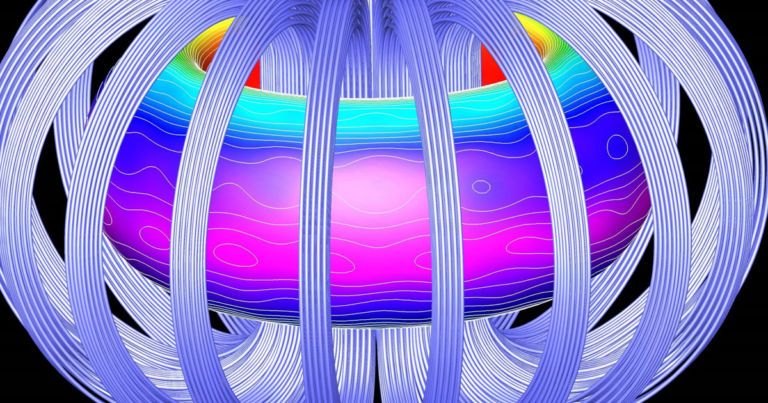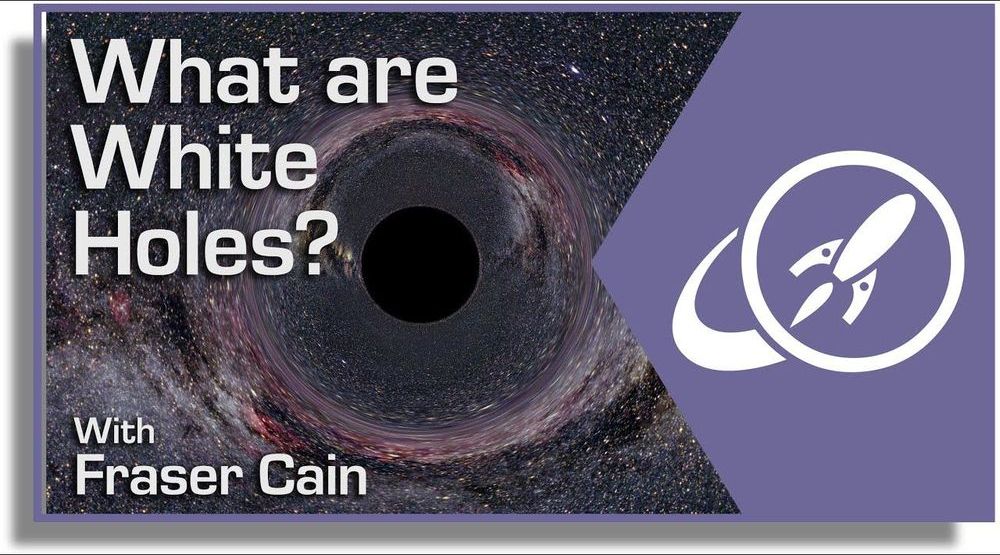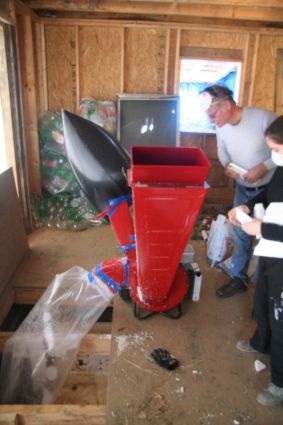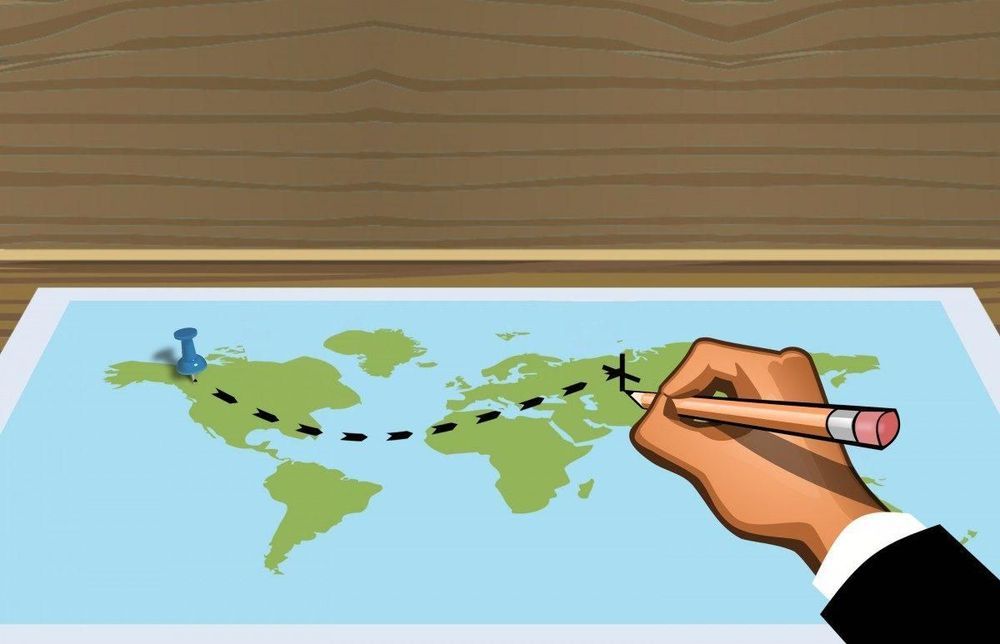May 12, 2020
Researchers develop real-time physics engine for soft robotics
Posted by Gerard Bain in categories: physics, robotics/AI
Motion picture animation and video games are impressively lifelike nowadays, capturing a wisp of hair falling across a heroine’s eyes or a canvas sail snapping crisply in the wind. Collaborators from the University of California, Los Angeles (UCLA) and Carnegie Mellon University have adapted this sophisticated computer graphics technology to simulate the movements of soft, limbed robots for the first time.
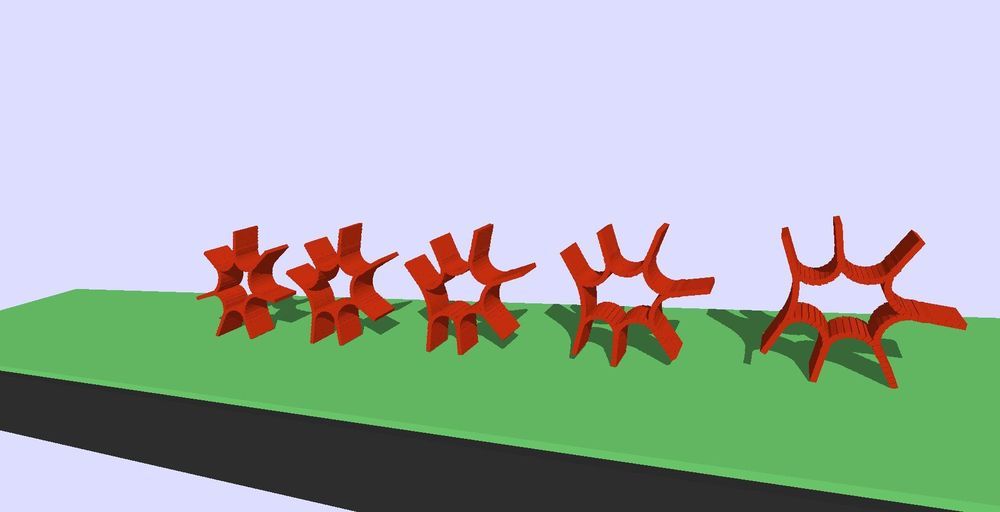

 [Image Source:
[Image Source: 

